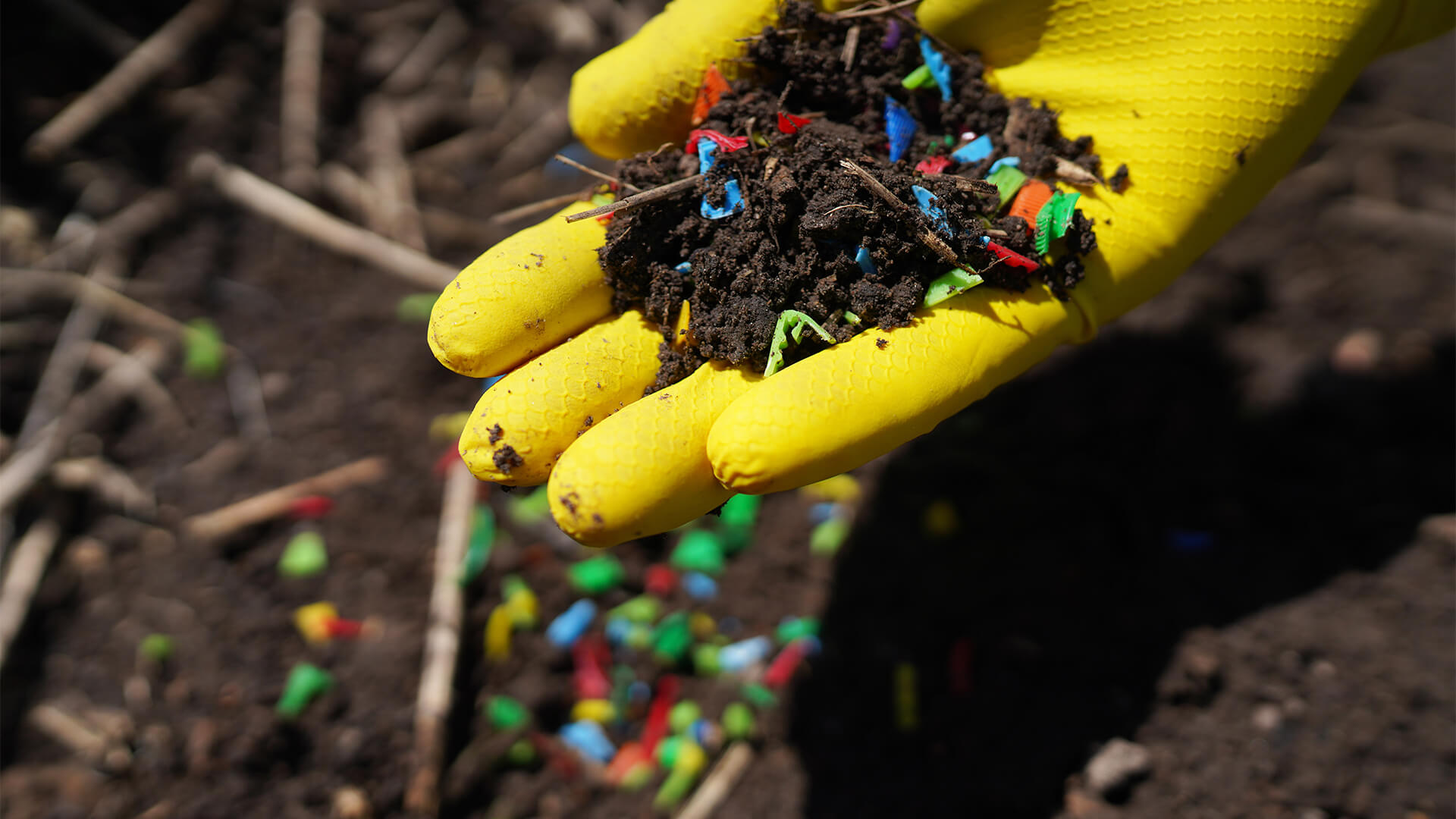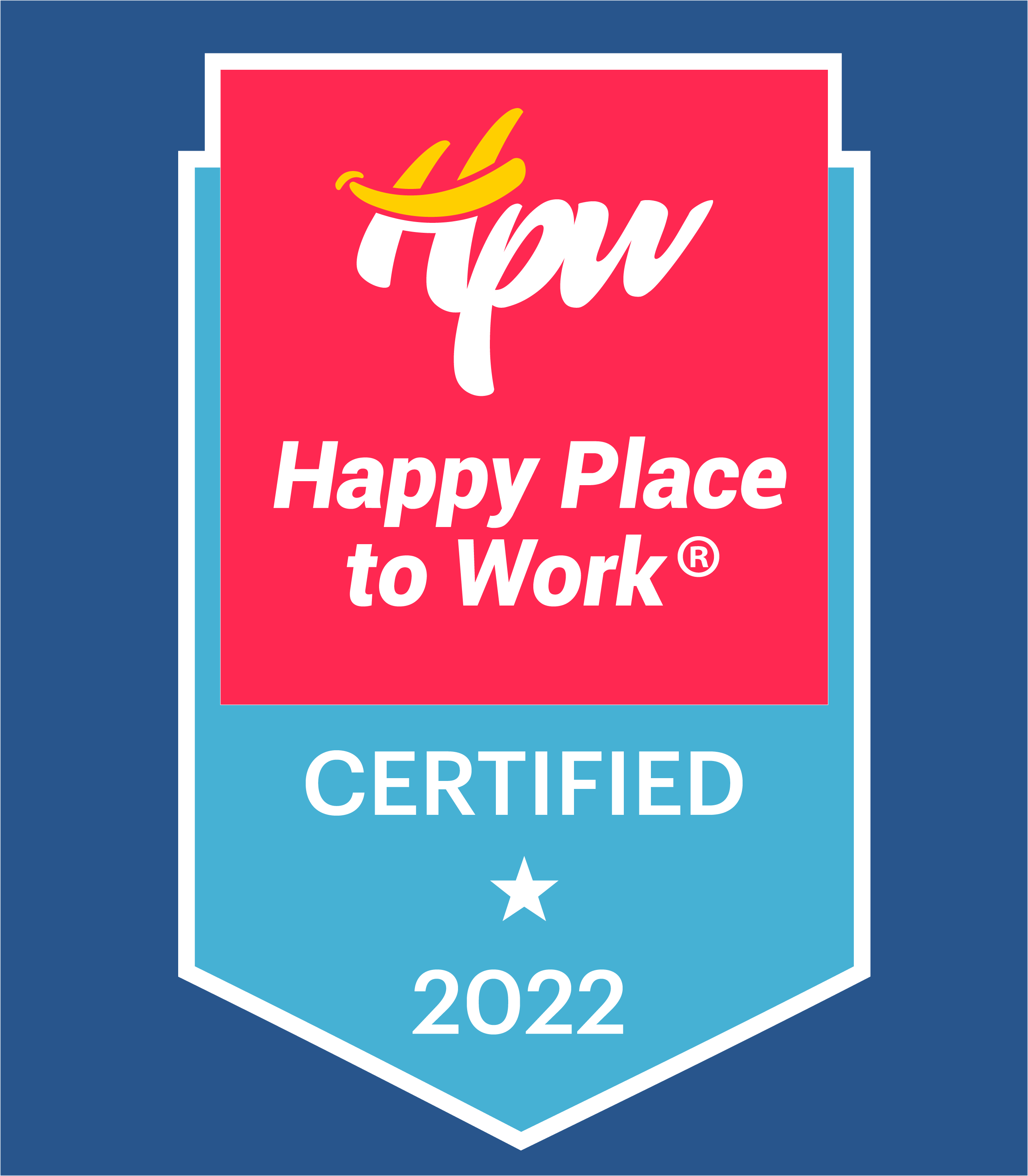Dangerous Pollution for Humans and Ecosystems: Microplastics
21 Ekim 2024Today, environmental pollution is increasingly coming to the forefront due to its negative effects on human health and ecosystems. One of the major sources of this pollution, microplastics, poses a significant threat both in water sources and in the soil. In this article, we will discuss what microplastics are, their sources, their effects, and what we can do to reduce this problem.
What Are Microplastics?
Microplastics are plastic particles smaller than 5 mm. These particles can be created from the breakdown of larger plastic waste over time or can emerge during the manufacturing process of certain products (such as cosmetics and detergents). Microplastics can be found everywhere, from oceans to freshwater sources, from soil to the air.
Sources of Microplastics
The primary sources of microplastics are:
- Plastic Waste: Microplastics formed from the breakdown of larger plastic products.
- Cosmetics and Personal Care Products: Microbeads found in exfoliating and cleansing products.
- Textile Products: Microfibers released during the washing of synthetic fabrics.
- Industrial Activities: Waste produced during plastic manufacturing and processing.
Effects of Microplastics on Human Health
Microplastics can enter the human body through water and food. Studies show that these particles may carry toxic chemicals, which could have negative effects on human health. The following issues are particularly concerning:
- Cancer Risk: Some types of microplastics may contain carcinogenic substances.
- Hormonal Imbalances: Microplastics can affect the endocrine system, leading to hormonal disruptions.
- Effects on the Immune System: They can cause inflammation in the body, weakening the immune system.
Effects on Ecosystems
Microplastics not only pose a risk to human health but also represent a significant threat to ecosystems. Marine life can mistakenly ingest microplastics thinking they are food, which can accumulate in the food chain, affecting larger animals. This disrupts the ecosystem balance and can lead to species extinction.
Methods to Combat Microplastic Pollution
To tackle microplastic pollution, the following measures can be taken:
- Reduce Plastic Usage: Avoid single-use plastic products.
- Proper Waste Management: Recycle plastic waste properly.
- Raise Awareness: Educate the public about the harms of microplastics.
- Use Alternative Products: Choose cosmetics and cleaning products that do not contain microplastics.
Conclusion
Microplastics pose a serious threat to both human health and ecosystems. Overcoming this issue requires a societal responsibility starting from individuals. Everyone’s awareness and responsibility are critical in reducing microplastic pollution. Every step taken to create a cleaner and healthier environment for our future can make a significant difference.
By acting together in the fight against microplastics, we can protect our environment. Let us remember, a healthy world is made up of healthy individuals.





